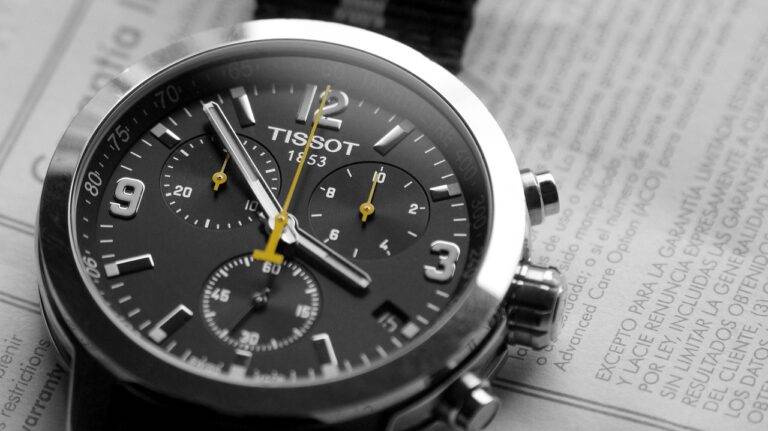The Importance of Fashion Forecasting: 11xplay reddy login, Laser247, Skyinplay exchange
11xplay reddy login, laser247, skyinplay exchange: Fashion forecasting is a crucial aspect of the fashion industry that often goes unnoticed by the general public. Many people are unaware of the time, effort, and research that goes into predicting the trends that will dominate the fashion world in the upcoming seasons. In this blog post, we will discuss the importance of fashion forecasting and why it plays a vital role in the success of fashion brands.
Introduction
Fashion forecasting is the process of predicting upcoming trends in fashion and design based on consumer behavior, social movements, and other factors. This practice is essential for fashion brands and retailers to stay ahead of the curve and create collections that resonate with their target audience. By understanding what styles, colors, and silhouettes will be popular in the future, fashion companies can plan their production, marketing, and merchandising strategies accordingly.
The Importance of Fashion Forecasting
1. Anticipating Consumer Demand
One of the primary reasons why fashion forecasting is essential is that it helps brands anticipate consumer demand. By analyzing data from previous seasons, studying social media trends, and conducting market research, fashion forecasters can predict what styles and designs will be popular in the future. This information allows brands to create collections that align with consumer preferences, ultimately leading to increased sales and profitability.
2. Staying Ahead of the Competition
In the fast-paced world of fashion, staying ahead of the competition is crucial for success. Fashion forecasting allows brands to identify emerging trends before their competitors, giving them a competitive advantage in the market. By being the first to introduce a popular trend or style, fashion brands can attract new customers and retain their existing ones, ultimately driving growth and profitability.
3. Minimizing Risks
Launching a new fashion collection is a significant investment for brands, and there is always a level of risk involved. Fashion forecasting helps to minimize these risks by providing valuable insights into what consumers want. By creating collections that are based on data-driven forecasts, brands can reduce the likelihood of producing products that do not resonate with their target audience, ultimately saving time and money.
4. Building Brand Identity
Fashion forecasting plays a crucial role in building a brand’s identity and reputation. By consistently delivering on-trend collections that resonate with consumers, brands can establish themselves as leaders in the industry and build a loyal customer base. Fashion forecasters help brands to develop a unique and distinctive aesthetic that sets them apart from their competitors, ultimately strengthening their brand identity and positioning in the market.
5. Enhancing Marketing Strategies
Fashion forecasting also plays a vital role in enhancing a brand’s marketing strategies. By understanding what trends are likely to be popular in the future, brands can create targeted marketing campaigns that resonate with their target audience. Fashion forecasters provide valuable insights into consumer preferences, allowing brands to tailor their messaging, imagery, and branding to appeal to their customers effectively.
6. Sustainability and Ethical Practices
In recent years, there has been a growing emphasis on sustainability and ethical practices in the fashion industry. Fashion forecasting can help brands align with these values by predicting trends that prioritize sustainability, such as eco-friendly materials, ethical manufacturing practices, and timeless designs. By incorporating these elements into their collections, brands can attract socially conscious consumers and contribute to a more sustainable fashion industry.
7. Adapting to Changing Consumer Behavior
Consumer behavior is constantly evolving, influenced by factors such as technology, social media, and cultural movements. Fashion forecasting helps brands to adapt to these changes by predicting how consumer preferences will shift in the future. By staying informed about emerging trends and shifts in consumer behavior, brands can tailor their collections and marketing strategies to meet the evolving needs of their target audience.
In conclusion, fashion forecasting is a critical aspect of the fashion industry that helps brands anticipate consumer demand, stay ahead of the competition, minimize risks, build brand identity, enhance marketing strategies, and align with sustainability and ethical practices. By investing in fashion forecasting, brands can position themselves for success in a highly competitive and rapidly evolving industry.
FAQs
Q: How do fashion forecasters predict upcoming trends?
A: Fashion forecasters use a combination of data analysis, market research, consumer insights, and trend analysis to predict upcoming trends in fashion. They study social media trends, analyze data from previous seasons, and monitor cultural movements to identify emerging styles, colors, and silhouettes.
Q: How far in advance do fashion forecasters predict trends?
A: Fashion forecasters typically predict trends up to two years in advance, with some trend predictions extending even further into the future. By analyzing data and consumer behavior trends, forecasters can anticipate what styles and designs will be popular in upcoming seasons.
Q: Are fashion forecasts always accurate?
A: While fashion forecasts are based on extensive research and analysis, they are not always 100% accurate. Consumer preferences can be unpredictable, and external factors such as economic conditions and cultural movements can influence trends. However, fashion forecasting provides valuable insights that help brands make informed decisions about their collections and marketing strategies.






